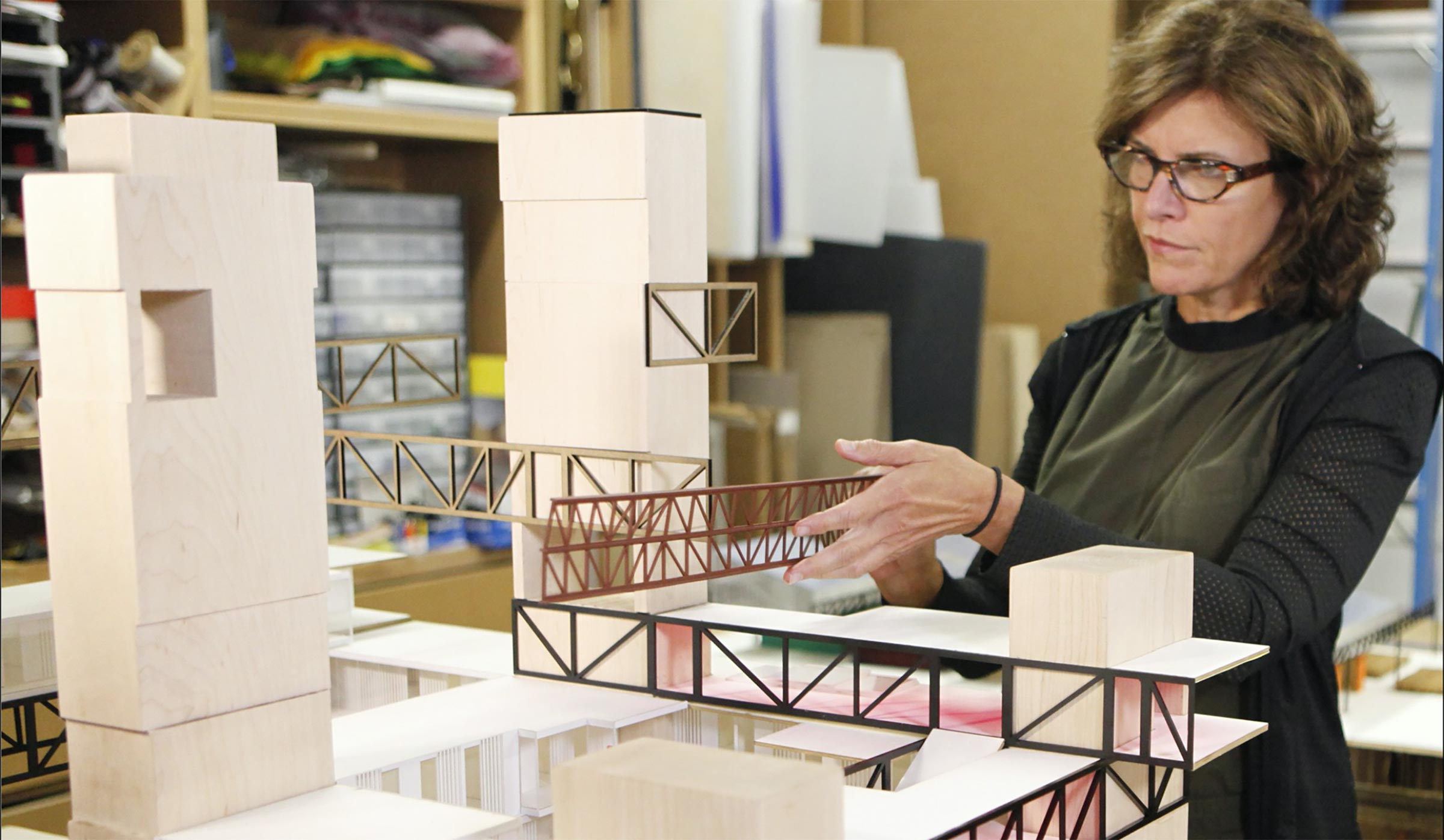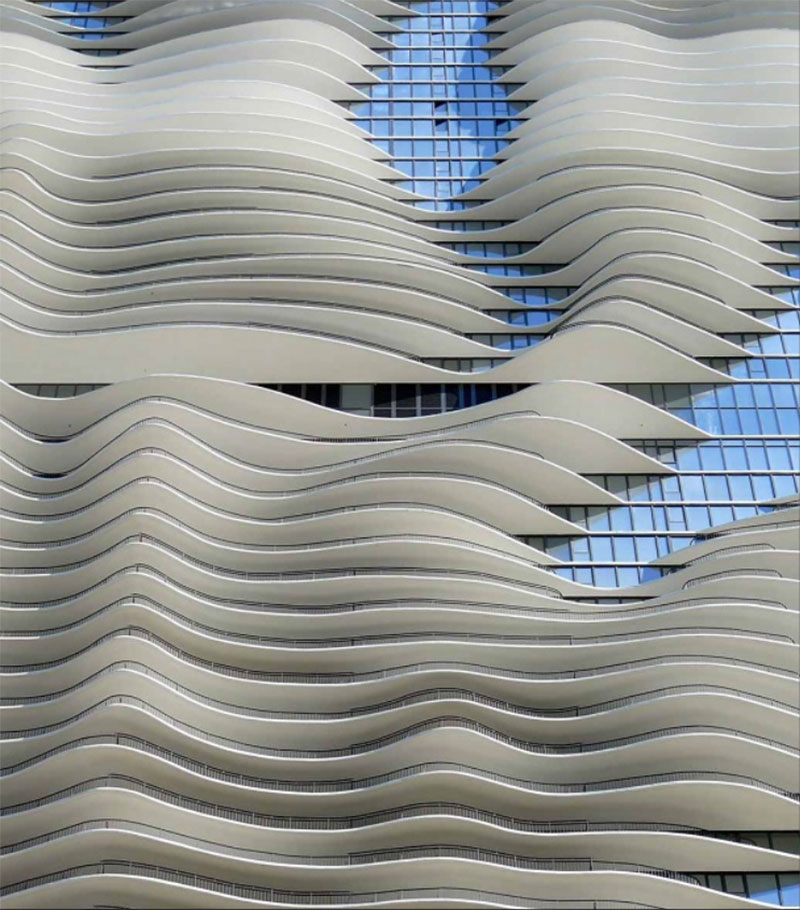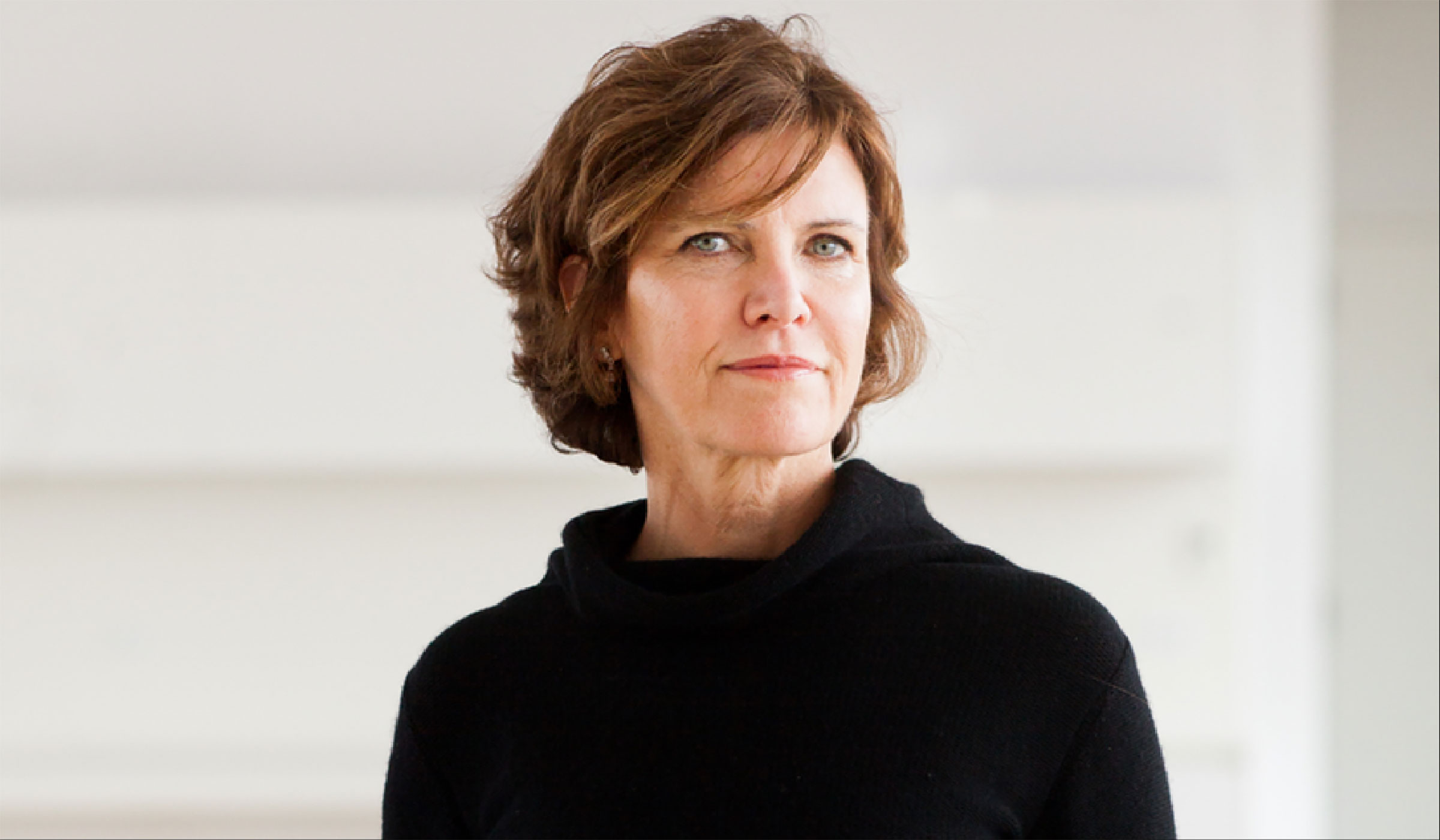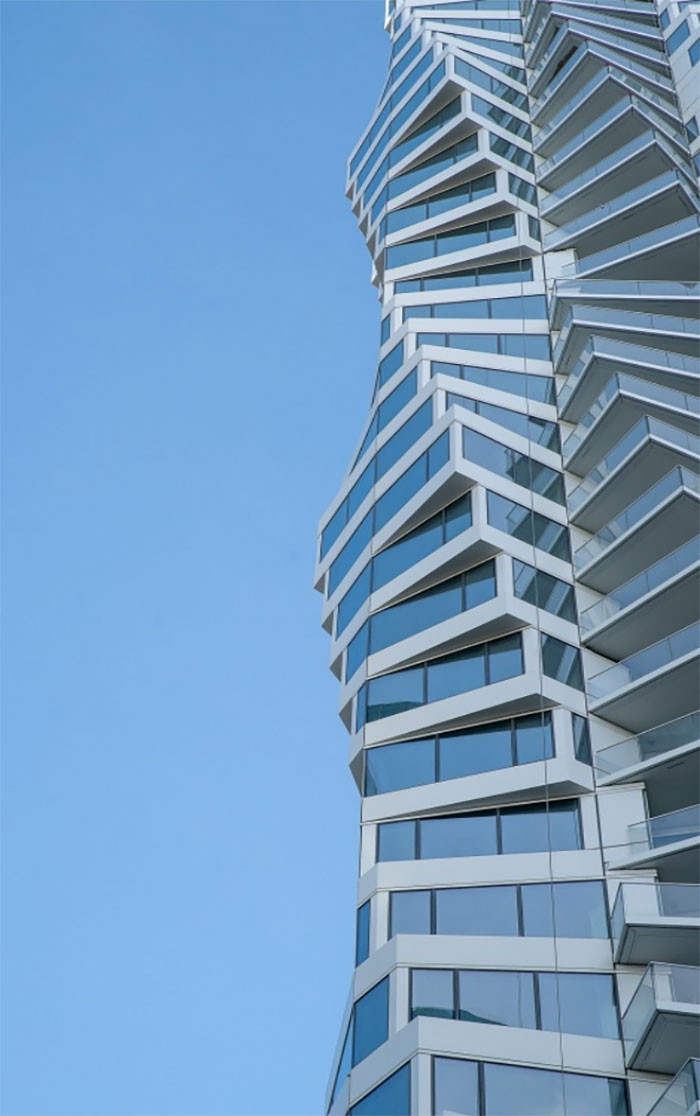
“Residents should feel good in their home and the environment”
Jeanne Gang
For the design of Q Residences, Jeanne Gang first delved into the history of the district. “Our starting point is always to see what we can add in a specific place. A building never stands alone.’ The situation in Buitenveldert is fairly unique. The district, built between 1920 and 1950, has a well-preserved grid of low-rise and medium-high buildings. “If you zoom out from above, you notice a layout of turrets and lower volumes.”

At Q Residences, Gang dived into the history of the neighborhood before even a single sketch on paper. “Our starting point is always to see what we can add in a specific place. A building never stands alone.’ The situation in Buitenveldert is fairly unique. The district, built between 1920 and 1950, has a well-preserved grid of low-rise and medium-high buildings. ‘If you zoom out from above, you notice a layout of turrets, 20 meter high “castles”, as it were, and lower volumes.’ What she also immediately noticed was the abundance of greenery that is typical of this part of Amsterdam. The rows of deciduous trees, the nearby parks, the Amsterdamse Bos; and further on — soon visible from the higher floors — the green pastures, fields and fields on the flanks of the city.
Adding value is Gang’s credo, she likes to get inspiration from nature. “Look, that spiral shape of Quartz is identical to how a plant grows.”

Surroundings
In part, the design of both Qube and Quartz is an innovative nod to the rectangular post-war design that dominates the neighborhood elsewhere. But softer. The flowing lines are also functional. The surface of the facade is larger, and because the balconies are staggered, neighbors have visible contact with each other. This social component has also been translated into the plinth, which will soon accommodate functions that are of added value for the residents, transparent spaces with extra high ceilings and many glass areas. Further up, Quartz increases in dynamism, a modern translation of the repetitive, rectilinear surrounding architecture. ‘I find it interesting to look at how architecture makes a neighborhood more lively. Residents should feel good, in their home and the environment.”
Durability
Gang attaches great importance to sustainability. She previously experimented with bird-friendly building techniques and planted an experimental ecosystem on the roof of the office building where Studio Gang is located. At Q Residences, sustainability has been translated into well-considered choices for high-quality building materials, innovative techniques and smart building. For example, the prominently visible fins of each balcony were not formed on the construction site in the open air, but in a closed workshop where emissions can be captured under manageable conditions. Residential towers offer a unique opportunity to achieve a major impact with a small footprint.
